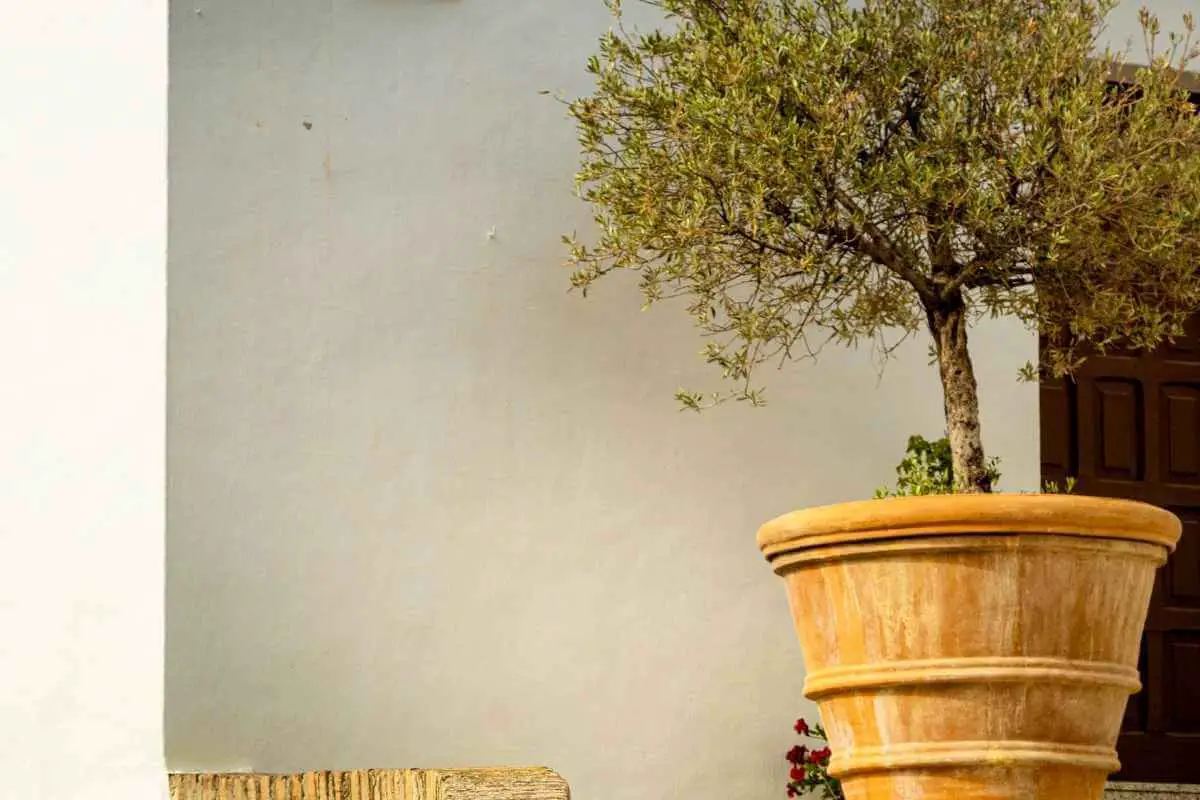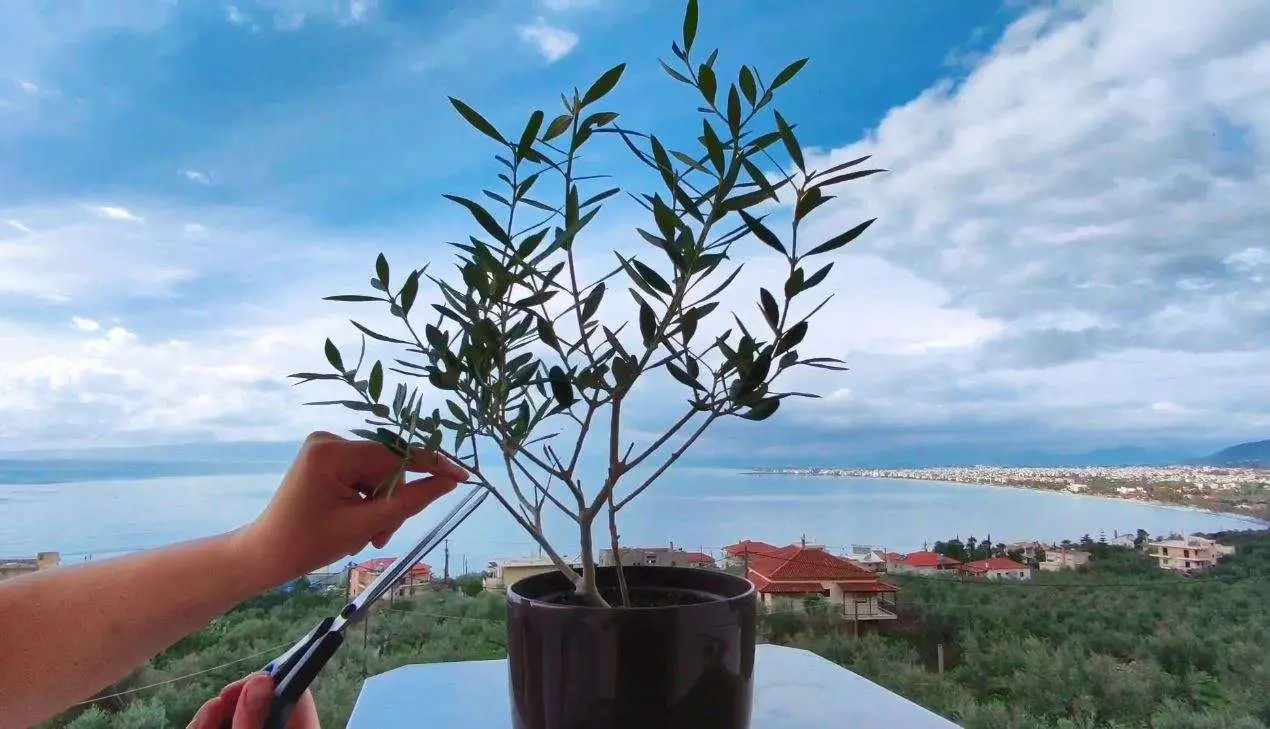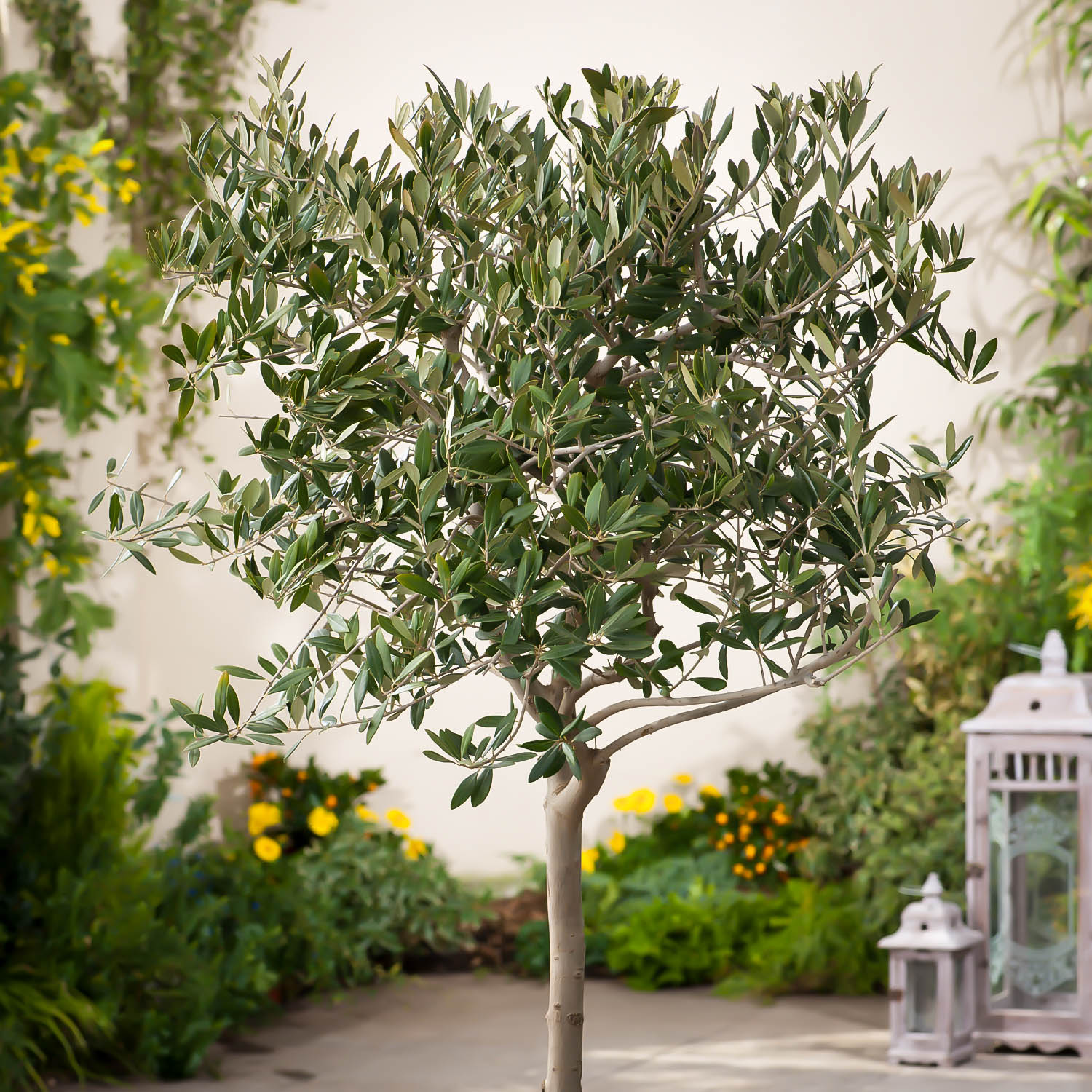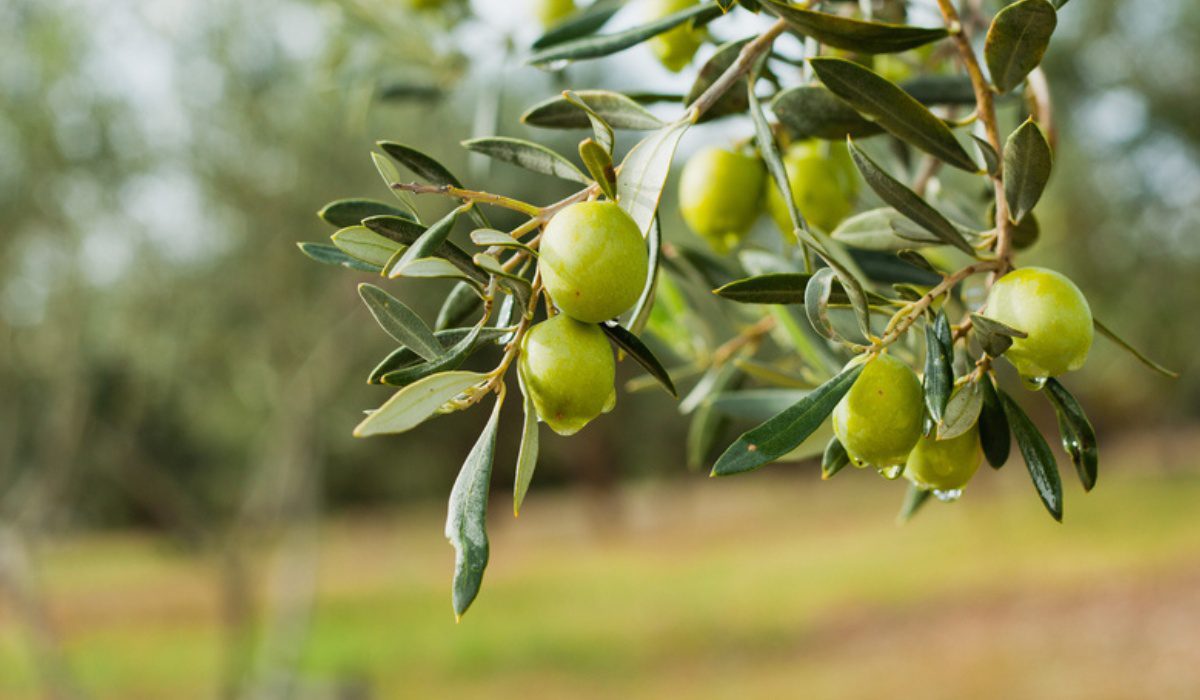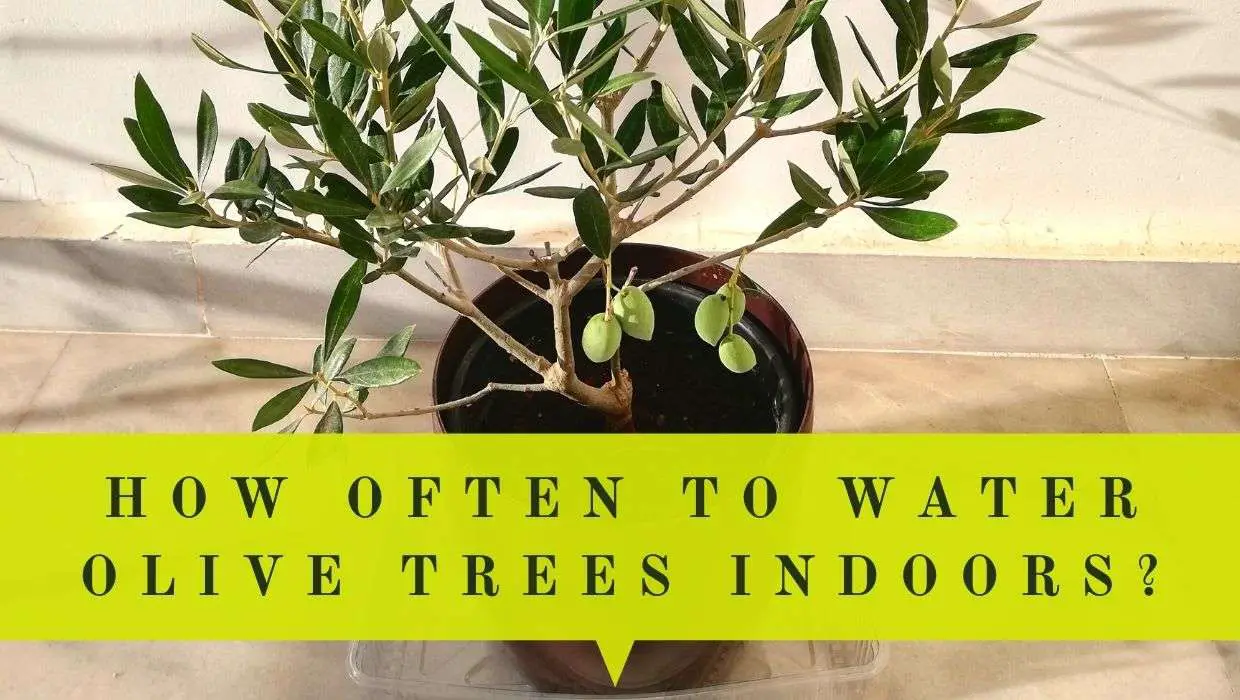Choosing the Right Variety for Container Growing
When it comes to growing an olive tree in a pot, selecting the right variety is crucial for success. Not all olive tree varieties are suitable for container growing, and choosing the wrong one can lead to disappointment and frustration. Dwarf or compact olive tree varieties are ideal for container growing, as they naturally grow smaller and more slowly than standard olive trees. These varieties are often specifically bred for container growing and can thrive in pots with proper care. Factors such as tolerance to wind and frost are also important considerations, as olive trees in pots may be more exposed to extreme weather conditions. By choosing an olive tree variety that is well-suited to container growing, you can set yourself up for success and enjoy the many benefits of growing an olive tree in a pot. For example, the ‘Arbequina’ and ‘Koroneiki’ varieties are popular choices for container growing due to their compact growth habits and tolerance to wind and frost. By doing your research and selecting the right variety, you can ensure that your olive tree in a pot will thrive for years to come.
How to Select the Perfect Pot for Your Olive Tree
Selecting the right pot for your olive tree in a pot is crucial for its health and growth. The pot should be large enough to accommodate the tree’s root system, with a minimum capacity of 14-16 gallons. A larger pot will provide more room for the roots to grow, reducing the risk of root bound and ensuring good aeration. When it comes to material, choose a pot that is durable, weather-resistant, and has good drainage holes to prevent waterlogged soil. Ceramic or terra cotta pots are popular choices for olive trees in pots, as they are breathable and can help regulate soil temperature. Avoid using plastic pots, as they can retain heat and moisture, leading to root rot. Additionally, consider a pot with a built-in water reservoir or a self-watering system to reduce the frequency of watering. By choosing the right pot, you can provide your olive tree in a pot with the ideal growing conditions, promoting healthy growth and development.
The Art of Soil Selection for Olive Trees in Containers
When it comes to growing an olive tree in a pot, the right soil selection is crucial for its health and growth. A well-draining potting mix specifically designed for olive trees is essential to prevent waterlogged soil and root rot. Look for a mix that contains a blend of organic matter, such as peat moss or compost, and perlite or vermiculite to improve drainage and aeration. Avoid using regular garden soil, as it can compact and prevent proper drainage in a pot. A good potting mix for olive trees in pots should also have a pH between 6.0 and 7.0, which is slightly acidic to neutral. Additionally, consider adding a small amount of lime to the soil to provide calcium and magnesium, which are essential nutrients for olive trees. By using a high-quality potting mix, you can provide your olive tree in a pot with the ideal growing conditions, promoting healthy growth and development.
Watering and Fertilizing Your Olive Tree in a Pot
Proper watering and fertilization are essential for the health and growth of an olive tree in a pot. When it comes to watering, it’s crucial to strike a balance between providing enough moisture and preventing waterlogged soil. Check the soil daily, and water only when the top 1-2 inches of soil feel dry to the touch. Water thoroughly, making sure the pot drains well to prevent root rot. Avoid getting water on the leaves or trunk to prevent fungal diseases. In terms of fertilization, use a balanced, water-soluble fertilizer (20-20-20) during the growing season (spring-fall). Dilute the fertilizer to half the recommended strength to prevent burning the roots. Apply fertilizer once a month, taking care to avoid over-fertilizing, which can damage the olive tree in a pot. Additionally, consider adding a small amount of olive tree-specific fertilizer to provide essential micronutrients. By following these guidelines, you can provide your olive tree in a pot with the necessary nutrients for healthy growth and development.
Pruning and Training Your Olive Tree for Optimal Growth
Regular pruning and training are essential for maintaining the shape and size of an olive tree in a pot. Pruning helps to promote a strong root system, encourages bushy growth, and increases fruit production. Start by removing any dead, diseased, or damaged branches, and then shape the tree to maintain a balanced, symmetrical shape. Use clean, sharp pruning tools to prevent spreading diseases, and make cuts just above a growth node to encourage new growth. Training the olive tree in a pot involves providing support and guidance to the branches, using techniques such as staking, trellising, or espaliering. This helps to control the tree’s size, promotes even growth, and increases air circulation. By pruning and training your olive tree in a pot regularly, you can maintain its health, promote optimal growth, and enjoy a bountiful harvest of delicious olives.
Common Pests and Diseases to Watch Out for in Container-Grown Olive Trees
When growing an olive tree in a pot, it’s essential to be aware of common pests and diseases that can affect its health. Spider mites, mealybugs, and scale are common pests that can infest olive trees in pots, causing damage to the leaves and stems. Regularly inspect the tree for signs of infestation, such as tiny eggs, white powdery residue, or actual pests on the leaves. To prevent infestations, maintain good air circulation, avoid overwatering, and use organic pest control methods whenever possible. Root rot is a common disease that can affect olive trees in pots, caused by overwatering and poor drainage. Prevent root rot by using a well-draining potting mix, avoiding waterlogged soil, and ensuring good aeration around the roots. Other diseases to watch out for include olive knot, verticillium wilt, and fungal infections. To prevent diseases, maintain good hygiene practices, avoid excessive nitrogen fertilization, and provide optimal growing conditions for the olive tree in a pot. By being aware of these common pests and diseases, you can take proactive steps to prevent and treat them, ensuring the health and vigor of your olive tree in a pot.
Protecting Your Olive Tree from Extreme Weather Conditions
As an olive tree in a pot is more vulnerable to extreme weather conditions than its in-ground counterparts, it’s crucial to take protective measures to ensure its survival. Frost is a significant threat to olive trees in pots, causing damage to the leaves and stems. To protect your olive tree in a pot from frost, bring it indoors during the winter months or move it to a frost-free area. If this isn’t possible, cover the pot with a breathable cloth or sheet to insulate the tree. Heatwaves can also be detrimental to olive trees in pots, causing drought and heat stress. To mitigate this, ensure the pot has good drainage, water the tree regularly, and provide shade during the hottest part of the day. Strong winds can cause the pot to topple over, damaging the tree and its roots. To prevent this, anchor the pot securely, and consider using a heavier pot or a wider base to prevent tipping. By taking these precautions, you can protect your olive tree in a pot from extreme weather conditions and ensure its continued health and vigor.
Maintaining Your Olive Tree’s Health and Vigor Over Time
To ensure the long-term health and vigor of an olive tree in a pot, regular monitoring and maintenance are crucial. Regularly inspect the tree for signs of pests, diseases, or nutrient deficiencies, and adjust care routines accordingly. Check the soil moisture and adjust watering schedules as needed. Fertilize the olive tree in a pot regularly, using a balanced fertilizer specifically formulated for olive trees. Prune the tree regularly to maintain its shape and size, and promote a strong root system. Repot the olive tree in a pot every 2-3 years to provide fresh soil and a larger pot if necessary. Monitor the tree’s response to weather conditions and adjust its placement or protection as needed. By regularly monitoring and maintaining the health of an olive tree in a pot, you can enjoy its beauty and bounty for years to come. Additionally, consider keeping a care journal to track the tree’s progress, note any changes, and plan for future care. With proper maintenance, an olive tree in a pot can thrive and provide a bountiful harvest of delicious olives.


